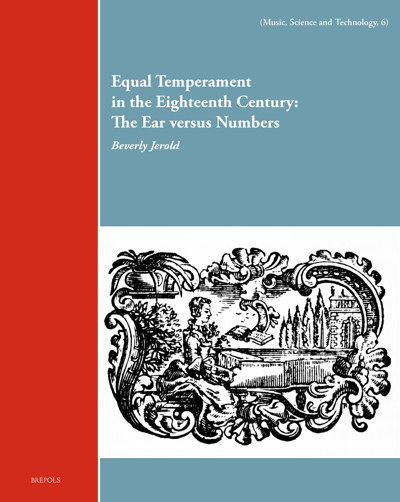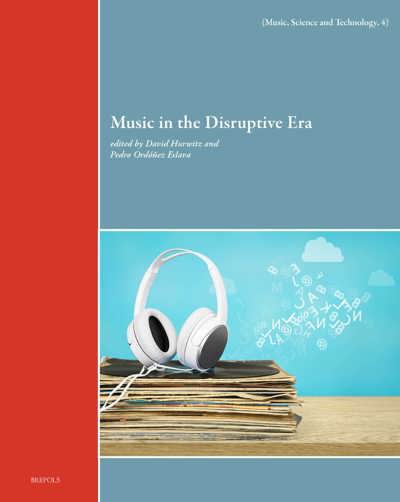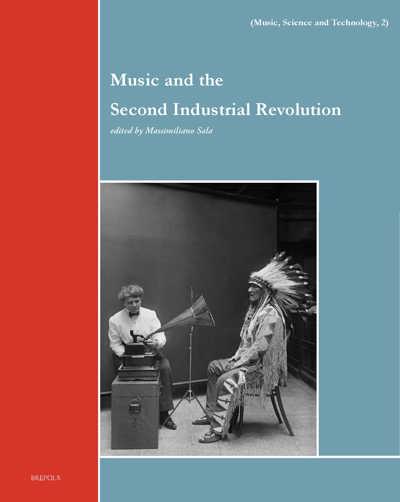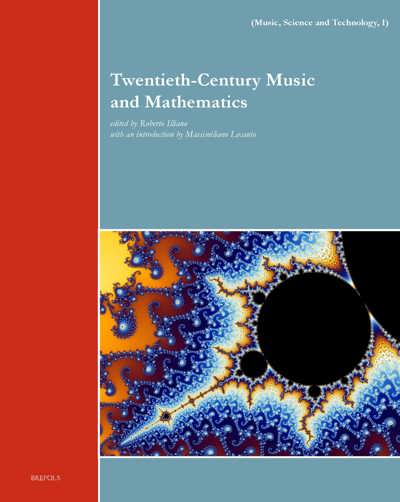
Global Histories of Video Game Music Technology
Karen M. Cook, William Gibbons, Fanny Rebillard (eds)
- Pages: xvi + 313 p.
- Size:210 x 270 mm
- Illustrations:20 b/w, 5 tables b/w., 14 musical examples
- Language(s):English
- Publication Year:2025
- € 120,00 EXCL. VAT RETAIL PRICE
- ISBN: 978-2-503-61865-4
- Hardback
- Available
This book investigates the global histories of video game sound from the perspective of technology.
Karen M. Cook is Associate Professor and Chair of Music History at the Hartt School, University of Hartford. She specializes in music of the fourteenth and fifteenth centuries, and also in medievalism in contemporary music & media, especially video games. Her book «Music Theory in Late Medieval Avignon: Magister Johannes Pipardi» was published in 2021 as part of Routledge’s RMA Monographs Series, and she is currently co-editing the volume «Gender, Sexuality, and Video Game Sound», with Michael Austin and Dana Plank for Routledge. She was recently appointed Associate Editor for the «Journal of Sound and Music in Games».
William Gibbons is Dean of the School of Humanities, Arts, and Social Sciences at Rensselaer Polytechnic Institute. He is the author of the books «Building the Operatic Museum» (2013) and «Unlimited Replays: Video Games and Classical Music» (2018), and co-editor of the volumes «Music in Video Games» (2014), «Music in the Role-Playing Game» (2020), and «The Oxford Handbook of Video Game Music and Sound» (2024). Current book projects include a history of video game music, and an exploration of the ethics of listening in the twenty-first century.
Fanny Rebillard holds a Master’s degree in musicology (Paris IV) and in digital archiving (Enssib), both devoted to game music. She is currently a doctoral student at the University of Liège, funded by the FNRS (FRESH grant). Her work focuses on the valorization of video game musical heritage and Franco-Japanese relations in the game music publishing world. Also an author and journalist (jeuxvideo.com, Gamekult.com, Canard PC Hardware, Pix’n Love...), she has written a book on music in Zelda, «La musique de Zelda: Les clefs d’une épopée hylienne» (Third Éditions, 2021).
This book investigates the global histories of video game sound from the perspective of technology. Technology and video game sound are inextricably intertwined, whether through the creation of the actual sounds, their sonic enactment through the games and consoles, or through their reception and performance outside of the games themselves. Technology and game sound have been the focus of several studies, but those studies have generally maintained a Euro-American and Japanese bias. This volume seeks to begin broadening our perspective by opening up the conversation to and with game sound scholars, practitioners, and specialists from around the world. The contributions in this volume thus speak not only to the most commonly told American, UK, and Japanese histories, but also past and present practices in Spain, France, Germany, Latin America, and Africa. The volume is divided into three sections. The first focuses on the relationships between technology and the development of game sound, from early pinball sounds (Neil Lerner) to the interplay between performance practice, notation, and technology in rhythm games (Alex Habeen Chang). The second part investigates the impact of geographical, economic, and political structures on the development and consumption of game sound. Lasse Lehtonen provides a sweeping historiography of Japanese writing on video game technology and sound, while other chapters scrutinize Spanish game development in the 1980s (Juan Pablo Fernández-Cortés) and evaluate the use of motion capture in Red Dead Redemption 2 (Barnabas Smith). The final part offers a glimpse into the working lives of industry personnel (developer Eyram Tawia, composers Chase Bethea, Kinuyo Yamashita, and Yann van der Cruyssen (aka Morusque), and translator Jérémie Kermarrec), allowing them to speak to how technology couples with geopolitical factors to impact their experiences working in and with game sound.
Karen M. Cook, William Gibbons, Fanny Rebillard, Introduction. Local Vistas: Contemplating Game Sound in a Globalized Industry
Part I: Technological Perspectives
Neil Lerner, Sounds and Music in Pinball’s Transition from Electromechanical to Solid State Machines, 1975-1982
Alan Elkins, The Influence of Optical Media on Music and Sound Design in Video Games
James Newman, Fearful Harmonies: Composing (and Decomposing) the PlayStation Startup Sound
Mickael Blum, Composing Video Game Music Using FamiTracker: A Case Study of Shovel Knight
Melanie Fritsch – Stefan Höltgen, Boing Boom Tschak: De/Scribing Sounds with BASIC
Alex Habeen Chang, Rhythm Games: A Performance Practice of Play
Part II: Regional Perspectives
Lasse Lehtonen, Histories of Video Game Music in Japan: Technological Change, Creativity Under Constraints, and Revaluation of Early Game Music
Juan Pablo Fernández-Cortés, Video Game Music Technology in the Golden Age of Spanish Software
Lidia López Gómez, The Technological Development of Spanish Musical Tropes in Street Fighter
Ariel Grez, Technological Negotiations and Shared Listening: The Impact of the 1990s on Chilean Memory
Barnabas Smith, Battle Hymn of the Republic or Dixie, with Equal Enthusiasm
Part III: Industry Perspectives
Eyram Tawia interviewed by Ravi Krishnaswami, Building an African Game Industry
Chase Bethea interviewed by Ryan Thompson, Music Mediating Technology
Jérémie Kermarrec interviewed by Fanny Rebillard, From Squaremusic to Salle Cortot: Birth and Rise of a French VGM Fan Base
Yann van der Cruyssen interviewed by Andra Ivănescu, Obsolete Sounds and Playful Futures
Kinuyo Yamashita, Looking Back: My Journey into Video Game Music
Abstracts
Biographies
Index of Names




